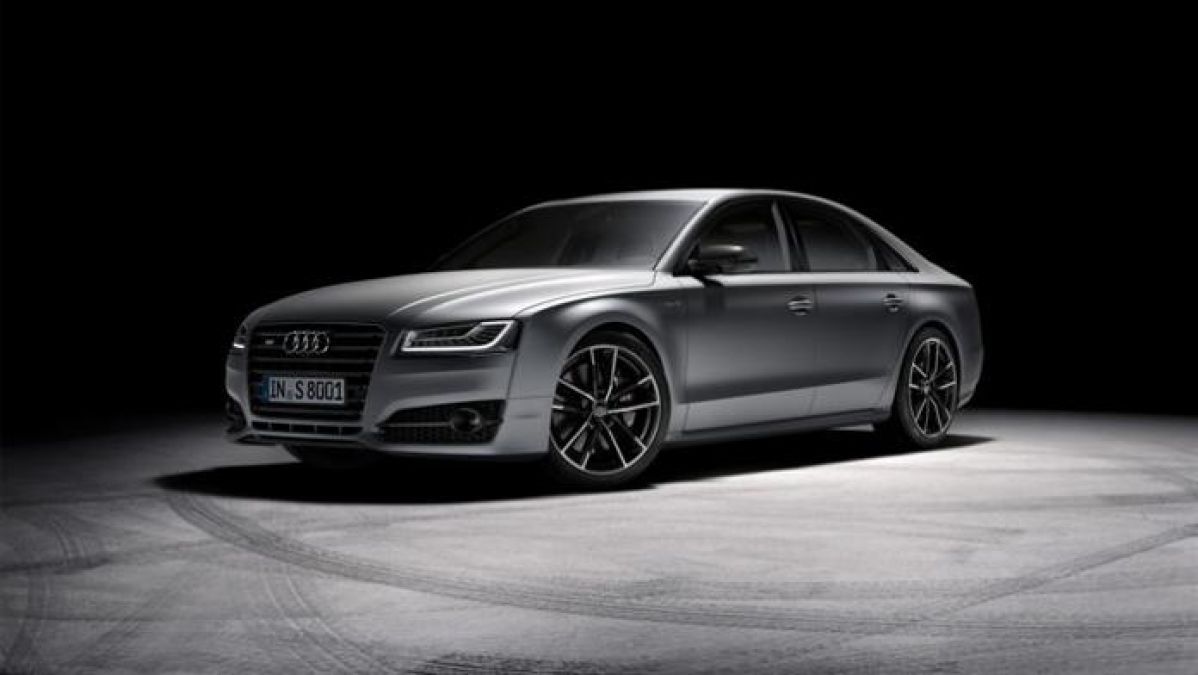Sometimes you have to wonder about things. For example, let’s say you are looking at a vehicle that you are sure is a crossover (more correctly a Crossover Utility Vehicle or CUV) only to find out that you are not looking at a crossover, but a Sports Activity Vehicle. That’s right instead of a CUV; it is an SAV. By now, it is likely you, and others are thoroughly confused, right? The only way you might find out, after shaking the cobwebs out a couple of times, is to look at the vehicle, its manufacturer, and sales literature. If you looked at the sources, you would find that the manufacturer is none other than BMW, which, for reasons only known to itself, has lately abandoned nice, market-friendly and easy-to-use acronyms for those of its invention, such as the SAV.
You call it GT, I call it GTS, let’s call the whole thing coupe
Then, there’s the GT and GTS controversy. It’s not honestly a controversy as both acronyms describe virtually the same vehicle, but, if you are looking at a Porsche, then you will find that a top-of-the-line sporty two-seater may have the GTS designation, while most of the rest of the industry uses GT. It is one of those idiosyncracies of marketing.
Now, none of this is earth-shattering news and, if it were not for one piece of information, then like as not this bit of news would have escaped notice. It seems that a couple of months ago Audi announced it would change the way it identified the power of its many vehicles. Instead of using displacement designations like 2.0T for a turbocharged, 2-liter four or a 3.0T for a 3.0-liter turbocharged V-6, the automaker decided it would be using a two-number digit, running from 30 to 70, to designate the power of each vehicle.
Beginning in 2019 the rest of the world – not us – will see Audis carrying vehicle badges that have the two-digit designators. Audi designations to go from confusing to confusing
So, instead of seeing the 2.0T displacement designator, starting in 2019 consumers will see Audis with the two-digit identifier. It will change by increments of five as it inches its way through the numbers.
All standards can be confusing, if you let them
That change might not seem like it is too much to handle, does it? However, let’s look at today’s 2.0-liter four. Is it a standard, nonturbo four? Or, is it a turbocharged four? And, if it is a turbocharged four, how high have the developers dialed up the turbocharger to increase the output of the motor? Quite naturally, an American would look at the 2.0T and know that it was a turbocharged, two-liter four and leave it at that. Most of the time, U.S. consumers, unless they have a specific need for the information, don’t care.
The significant change is coming with the 2019 Audi A8. Once introduced on the A8, the new designators will roll down through the ranks of Audi models and will likely prove quite confusing. As noted, the current displacement designators deal with the size of the engine, not its power. Honestly, the current IDs are easy to use and set expectations quite nicely. The new IDs are relatively relative.
Let’s say you start with the pending base designator, 30, and look at an engine. Instead of, say, 120 horsepower equalling the base, 30, the power designator means the engine will have a power output of between 109 and 129 horsepower. Moving up, vehicles displaying badges with values of 45 will have run between 227 and 248 horsepower. Is that clear to you? To most, it is about as clear as brake dust on an alloy wheel.
U.S. escapes for a bit, how long? Who knows?
At least U.S. consumers won’t have to put up with, at least at the start. A spokesman for the automaker says Audi won’t apply it here. When it might start, wasn’t mentioned.
Source: Car and Driver





